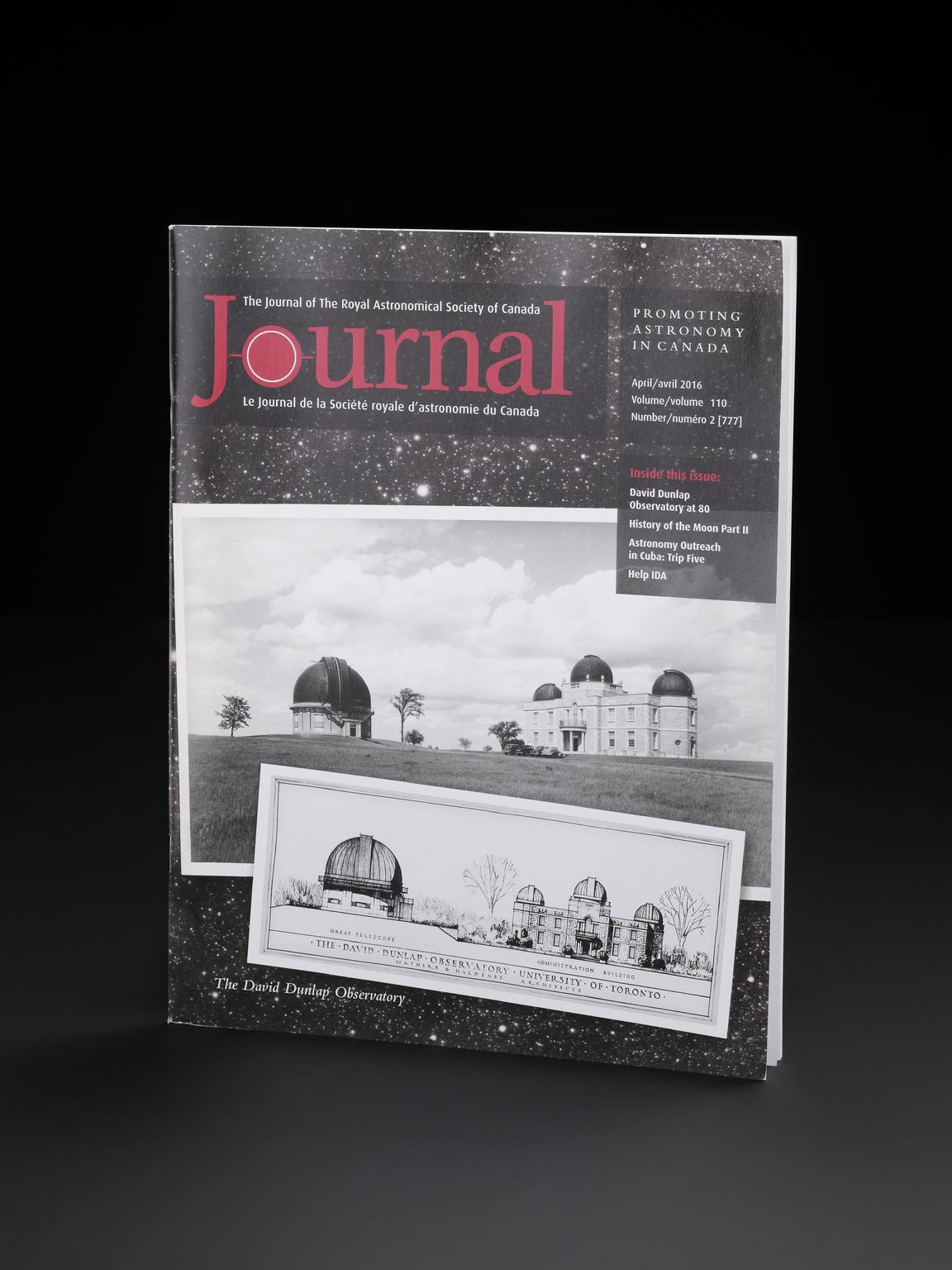Browse "Things"
-
Article
Roots Canada
Roots Corporation (better known as Roots or Roots Canada) is a publicly traded retail clothing business. It was co-founded by fashion designers and businessmen Michael Budman and Don Green. The first Roots store opened in Toronto in 1973 and Roots, with its beaver logo and cottage feel, grew into a recognizable Canadian brand. In 2015, Budman and Green sold a majority stake to Searchlight Capital Partners, though the founders remain prominent shareholders. In October 2017, Roots made its initial public offering (IPO) in Canada, trading on the Toronto Stock Exchange under the symbol ROOT. In 2022, Roots reported a net income of $6.7 million.
"https://d2ttikhf7xbzbs.cloudfront.net/rootscanadaltd/rootsstoretoronto.jpg" // resources/views/front/categories/view.blade.php
https://d2ttikhf7xbzbs.cloudfront.net/rootscanadaltd/rootsstoretoronto.jpg
-
Article
Rose
Rose is a common name for members of genus Rosa of the rose family (Rosaceae). This large family, comprising more than 100 genera and 2000-3000 species, includes plants as diverse as strawberries, almonds and pears.
"https://development.thecanadianencyclopedia.ca/images/tce_placeholder.jpg?v=e9dca980c9bdb3aa11e832e7ea94f5d9" // resources/views/front/categories/view.blade.php
https://development.thecanadianencyclopedia.ca/images/tce_placeholder.jpg?v=e9dca980c9bdb3aa11e832e7ea94f5d9
-
Article
Ross Rifle
In the early 20th Century, the Ross rifle, a Canadian-made infantry rifle, was produced as an alternative to the British-made Lee-Enfield rifle. The Ross rifle was used during the First World War, where it gained a reputation as an unreliable weapon among Canadian soldiers. By 1916, the Ross had been mostly replaced by the Lee-Enfield.
"https://d2ttikhf7xbzbs.cloudfront.net/media/single_use_images/Ross_rifle.jpeg" // resources/views/front/categories/view.blade.php
https://d2ttikhf7xbzbs.cloudfront.net/media/single_use_images/Ross_rifle.jpeg
-
Article
Rotary Snowplough
The first rail ploughs, in the mid-1800s, were made of steel and fitted to the front of locomotives like cowcatchers. They worked against light snowfalls, but were ineffective in the face of blizzards, drifting snow and avalanches.
"https://d2ttikhf7xbzbs.cloudfront.net/media/media/b70a9bd3-5b56-4fc6-8a47-568e3ca145ca.jpg" // resources/views/front/categories/view.blade.php
https://d2ttikhf7xbzbs.cloudfront.net/media/media/b70a9bd3-5b56-4fc6-8a47-568e3ca145ca.jpg
-
"https://development.thecanadianencyclopedia.ca/images/tce_placeholder.jpg?v=e9dca980c9bdb3aa11e832e7ea94f5d9" // resources/views/front/categories/view.blade.php
https://development.thecanadianencyclopedia.ca/images/tce_placeholder.jpg?v=e9dca980c9bdb3aa11e832e7ea94f5d9
-
Article
Round Table Movement
Round Table Movement, an organization devoted to the study of British Empire problems and the promotion of imperial unity, fd 1909 in London, Eng.
"https://development.thecanadianencyclopedia.ca/images/tce_placeholder.jpg?v=e9dca980c9bdb3aa11e832e7ea94f5d9" // resources/views/front/categories/view.blade.php
https://development.thecanadianencyclopedia.ca/images/tce_placeholder.jpg?v=e9dca980c9bdb3aa11e832e7ea94f5d9
-
Article
Rowing
With hulls less than three millimetres thick, racing shells are lightweight and slender--but strong--craft; they are commonly made of mahogany, cedar, fibreglass, or carbon fibre, with frames of lightweight hardwood.
"https://d2ttikhf7xbzbs.cloudfront.net/media/media/d169d9ab-539f-44e1-abeb-fb4bf2e164ce.jpg" // resources/views/front/categories/view.blade.php
https://d2ttikhf7xbzbs.cloudfront.net/media/media/d169d9ab-539f-44e1-abeb-fb4bf2e164ce.jpg
-
Article
Royal Astronomical Society of Canada
The Royal Astronomical Society of Canada (RASC) is a non-profit, charitable organization. Founded in 1868, the RASC aims to enhance knowledge of astronomy and promote astronomical research. In 2020, the RASC reported 5,000 members, including amateur and professional astronomers.
"https://d2ttikhf7xbzbs.cloudfront.net/RASC/journalroyalastronomicalsocietyofcanada.jpg" // resources/views/front/categories/view.blade.php
https://d2ttikhf7xbzbs.cloudfront.net/RASC/journalroyalastronomicalsocietyofcanada.jpg
-
Article
Royal Bank Award for Canadian Achievement
The Royal Bank Award for Canadian Achievement was designed to honour a Canadian citizen or person living in Canada "whose outstanding accomplishment makes an important contribution to human welfare and the common good.
"https://development.thecanadianencyclopedia.ca/images/tce_placeholder.jpg?v=e9dca980c9bdb3aa11e832e7ea94f5d9" // resources/views/front/categories/view.blade.php
https://development.thecanadianencyclopedia.ca/images/tce_placeholder.jpg?v=e9dca980c9bdb3aa11e832e7ea94f5d9
-
Article
Royal Bank of Canada (RBC)
Royal Bank of Canada (RBC) was founded in 1864. Today, it is the country’s largest chartered bank and financial institution. It has five divisions: Personal and Commercial Banking, consisting of banking operations around the world; RBC Wealth Management, consisting of investment products and services for retail investors; RBC Capital Markets for international investment banking services; RBC Insurance for individual and group clients; and Investor and Treasury Services, providing custody services and fund administration for international clients. Royal Bank is a public company that trades on the Toronto Stock Exchange, New York Stock Exchange and SIX Swiss Exchange under the symbol RY. In 2023, RBC registered $56.13 billion in revenue and $14.9 billion in profit and held $2.0 trillion in assets. Royal Bank employs more than 94,000 people, who serve over 17 million customers in 29 counties.
"https://d2ttikhf7xbzbs.cloudfront.net/media/media/004492e9-831e-48ab-8fef-25d0137080dd.jpg" // resources/views/front/categories/view.blade.php
https://d2ttikhf7xbzbs.cloudfront.net/media/media/004492e9-831e-48ab-8fef-25d0137080dd.jpg
-
Article
Royal Canadian Air Farce
The Royal Canadian Air Farce was a satirical sketch comedy troupe best known for their long-running shows on the CBC, first as a weekly radio program (1973–97) and then as a TV series (1993–2008) and an annual New Year’s Eve special (1992–2019). The Air Farce routinely lampooned Canadian politics and politicians, current affairs and pop culture, among other subjects. It began as an improvisational stage revue focused on topical humour and evolved over time into rehearsed sketch comedy. In addition to radio and television, the troupe produced home audio and video releases, books, live stage productions and national tours. The troupe has been inducted into the Canadian Comedy Hall of Fame and Canada’s Walk of Fame.
"https://d2ttikhf7xbzbs.cloudfront.net/media/media/350622d6-53bc-4eb1-abfd-a67c33b8bd3b.jpg" // resources/views/front/categories/view.blade.php
https://d2ttikhf7xbzbs.cloudfront.net/media/media/350622d6-53bc-4eb1-abfd-a67c33b8bd3b.jpg
-
Article
Royal Canadian Air Force (RCAF)
Since its inception in 1924, the Royal Canadian Air Force (RCAF) has served Canadians in peace and war. It played a vital role in the Second World War, becoming the fourth-largest Allied air force, and reached its "golden age" in the late 1950s, with dozens of combat squadrons on the front lines of the Cold War. The term Royal, dropped from the name in 1968, was returned to the air force in 2011.
"https://d2ttikhf7xbzbs.cloudfront.net/media/media/f864cf51-65b5-4803-85a1-a7908ffdc0aa.jpg" // resources/views/front/categories/view.blade.php
https://d2ttikhf7xbzbs.cloudfront.net/media/media/f864cf51-65b5-4803-85a1-a7908ffdc0aa.jpg
-
Collection
Royal Canadian Air Force
On 1 April 2024, the Royal Canadian Air Force (RCAF) will mark its 100th anniversary. Canada didn't have its own air force during the First World War, although more than 20,000 Canadians served in a British Empire flying service. After the war, Canada established an Air Board to develop aviation policy, leading to a Canadian Air Force or “flying militia” that used wartime flyers and surplus British aircraft. On 1 April 1924, the air service...
"https://d2ttikhf7xbzbs.cloudfront.net/media/media/6a823326-afa8-474e-a4e7-8b72b9a5dd53.jpg" // resources/views/front/categories/view.blade.php
https://d2ttikhf7xbzbs.cloudfront.net/media/media/6a823326-afa8-474e-a4e7-8b72b9a5dd53.jpg
-
Article
Royal Canadian Institute
The Royal Canadian Institute is now the oldest surviving scientific society in Canada. It was founded in 1849 by a small group of civil engineers, architects and surveyors led by Sir Sandford FLEMING.
"https://development.thecanadianencyclopedia.ca/images/tce_placeholder.jpg?v=e9dca980c9bdb3aa11e832e7ea94f5d9" // resources/views/front/categories/view.blade.php
https://development.thecanadianencyclopedia.ca/images/tce_placeholder.jpg?v=e9dca980c9bdb3aa11e832e7ea94f5d9
-
Article
Royal Canadian Legion
The Royal Canadian Legion is a non-profit, national organization that serves Canadian war veterans and their families and lobbies government on their behalf. It is best known for selling poppies every fall and organizing Remembrance Day ceremonies across the country. In recent decades, the Legion has struggled with declining membership, due in large part to the loss of Second World War and Korean War veterans.
"https://d2ttikhf7xbzbs.cloudfront.net/media/media/c8863b07-985b-49e7-aa96-3ee336735d4d.jpg" // resources/views/front/categories/view.blade.php
https://d2ttikhf7xbzbs.cloudfront.net/media/media/c8863b07-985b-49e7-aa96-3ee336735d4d.jpg
